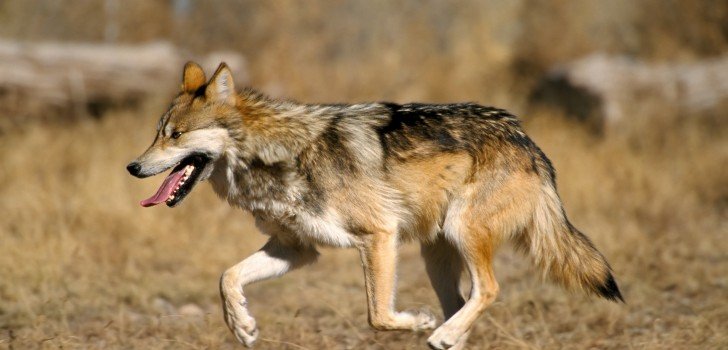Scientists from the United States Fish and Wildlife Service (FWS) are upset with a decision made by the Game Commission of New Mexico to deny permits to their organization that would have allowed Mexican wolves to be released onto federal land in the southwestern region of New Mexico.
FWS scientists claim that such releases are needed to diversify the gene pool of the wolf population, which has eroded over time.
Officials in New Mexico have stated that they will not allow new releases of wolves until the FWS updates its plan of recovery for the Mexican wolf.
The current plan of recovery was written in 1982.
State representatives want to know how many wolves the FWS plans to return to the wild in the long-term future. However, the FWS has not yet come up with a number.
Updating the recovery plan is most likely going to take about two years.
The FWS is considering going against the demands of the state. Federal policy mandates that the FWS consult with state agencies and comply with their permitting processes whenever they release endangered animals into the wild from captivity. This includes releases that are made on federal land.
However, there is an exception. If the agency of a state inhibits the FWS from fulfilling its duties and responsibilities, the FWS can override the decision made by the state.
In this case, the FWS has a duty to diversify the gene pool of the endangered Mexican wolf.
FWS spokesperson Jeff Humphrey said, “Our responsibility is to recover the Mexican wolf. Our recovery could be stalled, at best, by failing to be able to insert a more diverse gene pool into the existing wild population.”
The FWS is being unclear about its next move. The agency would have to come to a formal conclusion that it would be unable to save the Mexican wolf without releasing more wolves into the wild. Only once that conclusion is reached could the FWS act without approval from New Mexico.
Restoring Mexican wolves in Southwestern America has been controversial in the past. The recovery area for the wolves is national forest land that is grazed and hunted by humans. People have come into dangerous contact with the wolves.
New Mexico has been hesitant to allow the release of wolves into the state for many years. As a result, FWS agents have instead released wolves into Arizona, which also contains a recovery area.
Any wolves that roamed outside the area of recovery were either captured and kept in captivity or released back into their designated area.
Wolves that attacked cattle were often killed. Other wolves were killed by poachers.
However, once wolves were taken out of the wilderness, the gene pool of the wolf population became alarmingly reduced. This has resulted in an inbreeding problem for the wolves. Most Mexican wolves in this region of the wild are related.
Biologists from the FWS estimated last year that the population of Mexican wolves was at 109 wolves. This is double the estimated population of 2010. FWS scientists are urging the state to allow more wolves to be released to the wild while the wolf population is still small enough to manage.
The FWS was set to release wolves in New Mexico and expand their protected territory earlier this year.
However, New Mexico declined their request, stating that FWS officials have failed to provide specific criteria that must be met in order for the recovery of the Mexican wolf to be considered a success. FWS officials also failed to explain the steps that must be taken in order to achieve a successful Mexican wolf population recovery.
For now, officials at the FWS will continue to monitor the situation, and, if necessary, go against the demands of New Mexico.
Stay Connected